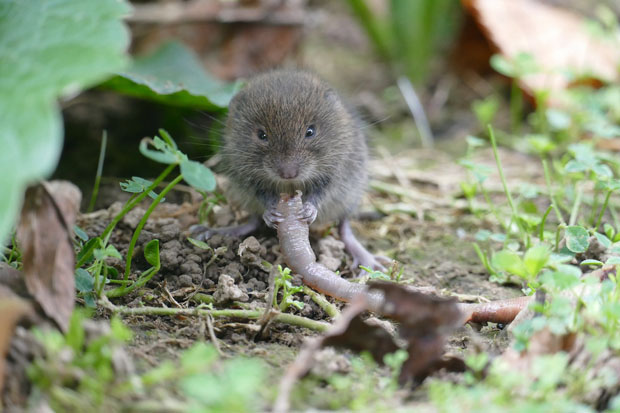Comprehensive Overview to Reliable Vole Insect Control: Infestation Identification and Therapy Approaches
In the world of reliable parasite control, vole infestations pose an one-of-a-kind difficulty that requires a critical approach. By discovering the subtleties of vole behavior, comprehending crucial signs of infestation, and reviewing a range of control options, one can establish a thorough strategy to fight these elusive parasites.
Understanding Vole Habits
Vole actions is characterized by their delving habits and quick reproduction rates, making them a difficult parasite to control properly. These small rats normally create elaborate passage systems underground, utilizing them for shelter, food storage, and transport. Voles are herbivores, consuming a range of plants, lawns, roots, and bulbs, which can trigger considerable damage to gardens, orchards, and grass. Their rapid reproductive price more complicates control efforts, with women qualified of creating multiple trashes in a single year, each containing numerous spawn.
Comprehending vole habits is essential for effective pest control strategies. By recognizing their burrow locations, keeping track of feeding locations, and executing targeted control techniques, such as trapping or environment alteration, vole invasions can be taken care of successfully.
Indications of Vole Infestation

Avoidance Techniques
Applying reliable avoidance approaches is essential in decreasing vole problems and safeguarding vegetation from their damaging feeding behaviors. To protect against vole problems, it is essential to begin by removing possible food sources and shelter.
Consistently checking the building for indications of vole task, such as runways and delve openings, is vital for early discovery and punctual action. If vole task is thought, consider using catches or repellents strategically positioned near their paths.
Non-Lethal Control Techniques
To efficiently take care of vole populaces while prioritizing gentle techniques, non-lethal control strategies use functional solutions for lowering vole damage in landscapes and yards. One efficient approach is making use of physical obstacles such as equipment towel or cord mesh to protect vulnerable plants. These barriers can be buried at least 12 inches bent and deep at a 90-degree angle to stop voles from tunneling beneath. Furthermore, habitat modification can discourage voles by decreasing their chosen food sources and hiding spots. Keeping a well-mowed grass, eliminating particles, and maintaining plant life trimmed can make the atmosphere less appealing to voles.

Lethal Control Options
One reliable approach for dealing with vole problems in landscapes and yards includes the strategic usage of lethal control choices. When faced with an extreme vole infestation that non-lethal approaches have fallen short to consist find out this here of, executing lethal control actions becomes essential. Generally, when utilizing lethal control alternatives, it is essential to do so properly and in conformity with local guidelines to properly other take care of vole invasions.
Conclusion
In verdict, efficient vole bug control requires a comprehensive understanding of vole habits, recognition of indications of infestation, execution of prevention strategies, and application of both lethal and non-lethal control methods. By integrating these strategies, people can properly take care of vole populations and secure their residential or commercial property from damage. It is very important to address vole problems without delay to stop further concerns and lessen the impact on the surrounding atmosphere.
Given the detailed passage systems and fast reproduction prices particular of voles, acknowledging the indicators of vole infestation becomes necessary in reliable insect control. One of the primary indications of vole visibility is the visibility of surface area runways or routes in lawn or snow, usually regarding 1-2 inches large, developed as voles take a trip between their burrows and food resources.To properly manage vole populaces while prioritizing humane techniques, non-lethal control approaches offer linked here useful remedies for lowering vole damage in yards and landscapes.One reliable method for dealing with vole problems in yards and landscapes entails the tactical usage of lethal control options. vole control utah.In final thought, efficient vole pest control calls for a comprehensive understanding of vole habits, recognition of indicators of problem, application of prevention techniques, and use of both non-lethal and deadly control techniques